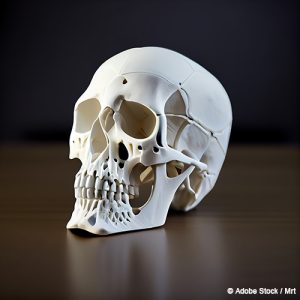 TRIO Best Practice articles are brief, structured reviews designed to provide the busy clinician with a handy outline and reference for day-to-day clinical decision making. The ENTtoday summaries below include the Background and Best Practice sections of the original article. To view the complete Laryngoscope articles free of charge, visit Laryngoscope.com.
TRIO Best Practice articles are brief, structured reviews designed to provide the busy clinician with a handy outline and reference for day-to-day clinical decision making. The ENTtoday summaries below include the Background and Best Practice sections of the original article. To view the complete Laryngoscope articles free of charge, visit Laryngoscope.com.
Explore This Issue
September 2023BACKGROUND
Temporal bone dissection laboratories using cadaveric temporal bone have been the gold standard for otologic training. Maintaining the requirements for this type of laboratory course is not trivial. Recently, training programs have been challenged by limited access to cadaveric bones, limited laboratory space, and increased costs.
 A potential solution for these issues has been the use of virtual or three-dimensional (3D)-printed temporal bones to simulate the drilling exercise and provide specimens to teach anatomy and procedures. This Best Practice looks at whether these models are successful in training participants to safely perform otologic procedures in the operating room.
A potential solution for these issues has been the use of virtual or three-dimensional (3D)-printed temporal bones to simulate the drilling exercise and provide specimens to teach anatomy and procedures. This Best Practice looks at whether these models are successful in training participants to safely perform otologic procedures in the operating room.
BEST PRACTICE
Cadaveric temporal bones remain the gold standard for otologic anatomy and surgical training. The current literature supports the use of virtual or 3D-printed temporal bones, particularly as adjuncts or preparatory exercises prior to actual drilling. The 3D-printed temporal bones appear to be a better substitute than virtual exercises.
Further refinements of the virtual and 3D-printed bones are on the horizon and are needed because they may become the only source for some residents and practitioners to practice temporal bone surgery.